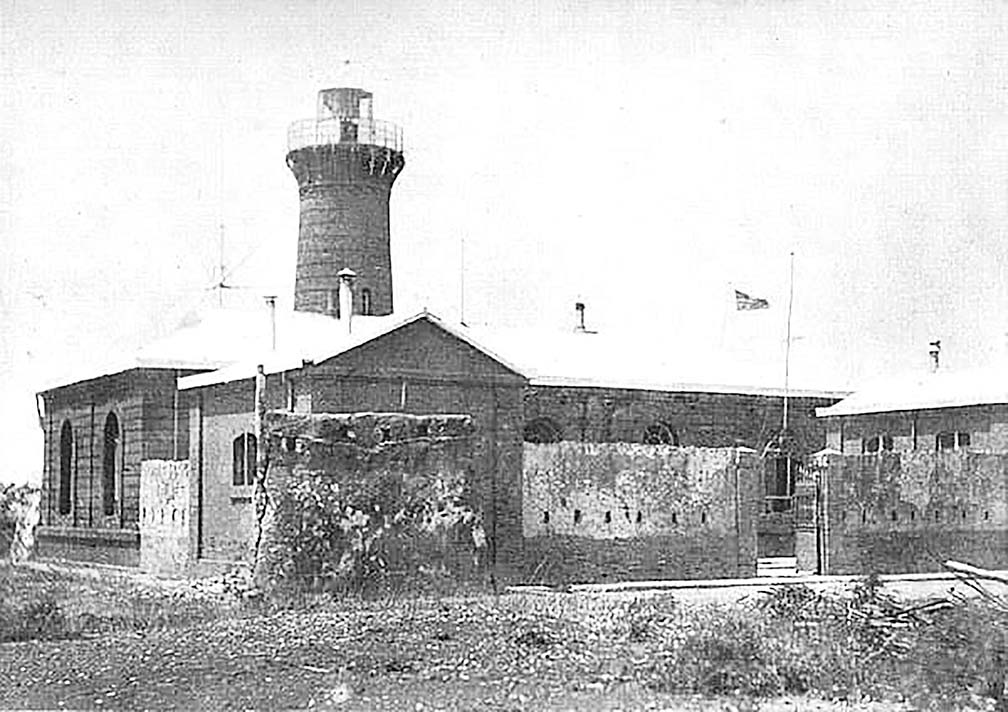More than a century ago, Calatagan was nothing more than an hacienda, with its vast plains planted to sugarcane and nipa shelters for sakada or plantation workers. Its only infrastructure was a sugar mill that processed sugarcane loaded atop wooden carts being pulled by carabaos.
A Spanish lighthouse can also be found at Cape Santiago at the southern tip of Calatagan, dating back to the 1890s.
On Oct. 28, 1957, the people of Calatagan petitioned the Land Tenure Administration to buy the municipality’s Hacienda lands. The LTA granted the petition and apportioned the land to the residents at P5 per hectare, payable in installments within a period of 25 years.
With a total land area of 112 square kilometers, Calatagan is known for producing sugarcane. In fact, the town has once been considered the sugarcane capital of Batangas, with sugar, being its foremost product.
The reliance on sugarcane as main crop found many destitute families relying on the daily catch of its fisherfolk from Calatagan’s bountiful sea to put food on the table.
Not anymore. Now a 2nd class municipality, Calatagan is slowly transforming into an agro-industrial and ecotourism town with people working dynamically to boost agriculture and fisheries production, while promoting beach ecotourism.
SUSTAINABLE TOURISM
Today, Calatagan is looking forward to an economic boom with the prospect of sustainable tourism dovetailing its agriculture and fishing industries.
Calatagan Mayor Peter Oliver Palacio said that tourism would greatly help boost the revenues of Calatagan’s public market.
According to Palacio, the municipality’s public market was an established, thriving business. It started with a modest revenue of P200,000 annually for the municipal government, with income peaking to P2.4 million in 2007.
But because of a lack of tourists to Calatagan after 2007, the income from the public market experienced a nose dive, reflecting the economic performance of the town when Palacio had not been in office.
“It went down to as low as P600,000 again by 2016,” Palacio said.
“The reason is simple. Nobody is buying anymore. We have a subdivision here in Calatagan but less than 30 families are living there,” he said.
The answer to the problem: Bring back tourism and make it sustainable by giving primacy to ecological preservation.
Endowed with rich natural resources, Calatagan’s ecotourism is anchored on the town’s natural wealth—its coastal and marine resources—the thick mangrove forests, healthy seagrass beds, and relatively intact coral reef.
Famous for its near-white sand beaches and first-class beach resorts, the town is a promising ecotourism destination in Luzon.
AWARDS, RECOGNITIONS
Calatagan has been awarded and recognized for its various initiatives, including the Masagana at Malinis na Karagatan Award, given by the Department of Agriculture-Bureau of Fisheries and Aquatic Resources in 2016
Among its awards are—LGU with 100% Treatment Success Rate or TB All Forms in the province of Batangas; 4th Most Prompt Treasurer and 4th Top Collecting Officer in the province of Batangas; and in 2022, its Municipal Disaster Risk Reduction and Management Office was awarded as Fully Compliant in the Seal of Excellence in the previous Gawad Kalasag Seal of Excellence for LDRRM Councils and Offices Category.
Likewise, the Calatagan Rural Health Unit was recognized by the Provincial Government of Batangas-Batangas Blood Council for their vital contribution, good governance and unwavering support to the Voluntary Blood Services Program of the Province of Batangas and Best Performing ABTC during the Gawad Parangal for Outstanding LGUs And Hospitals in Batangas Province.
Its Municipal Social Welfare and Development Office was recognized by the Provincial Social Welfare and Development Office for its outstanding support and replication of the Yakap Bayan Program and Best Implementer in the Supplemental Feeding Program awarded by DSWD Region 4A.
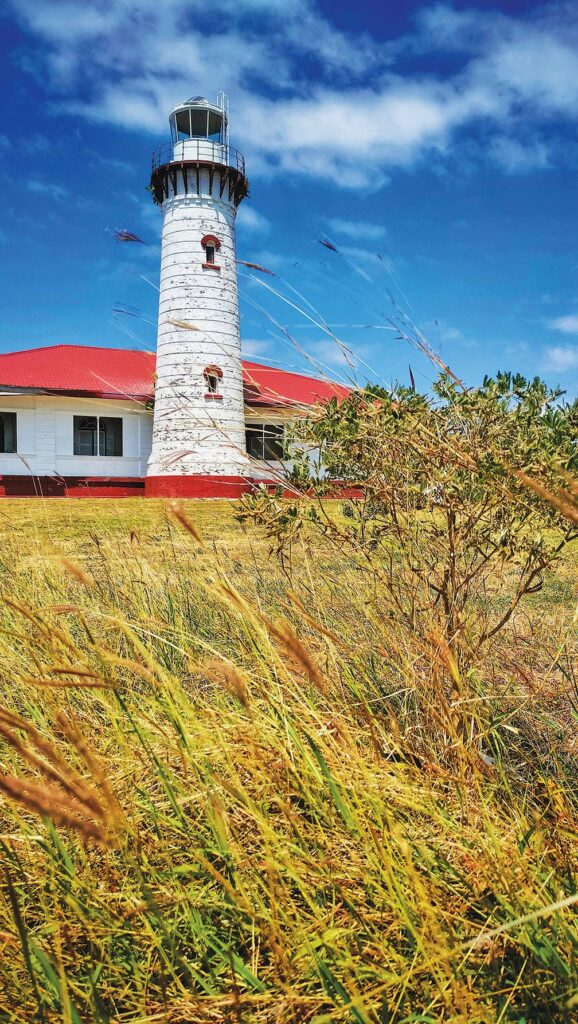
TOP BEACH RESORTS IN CALATAGAN
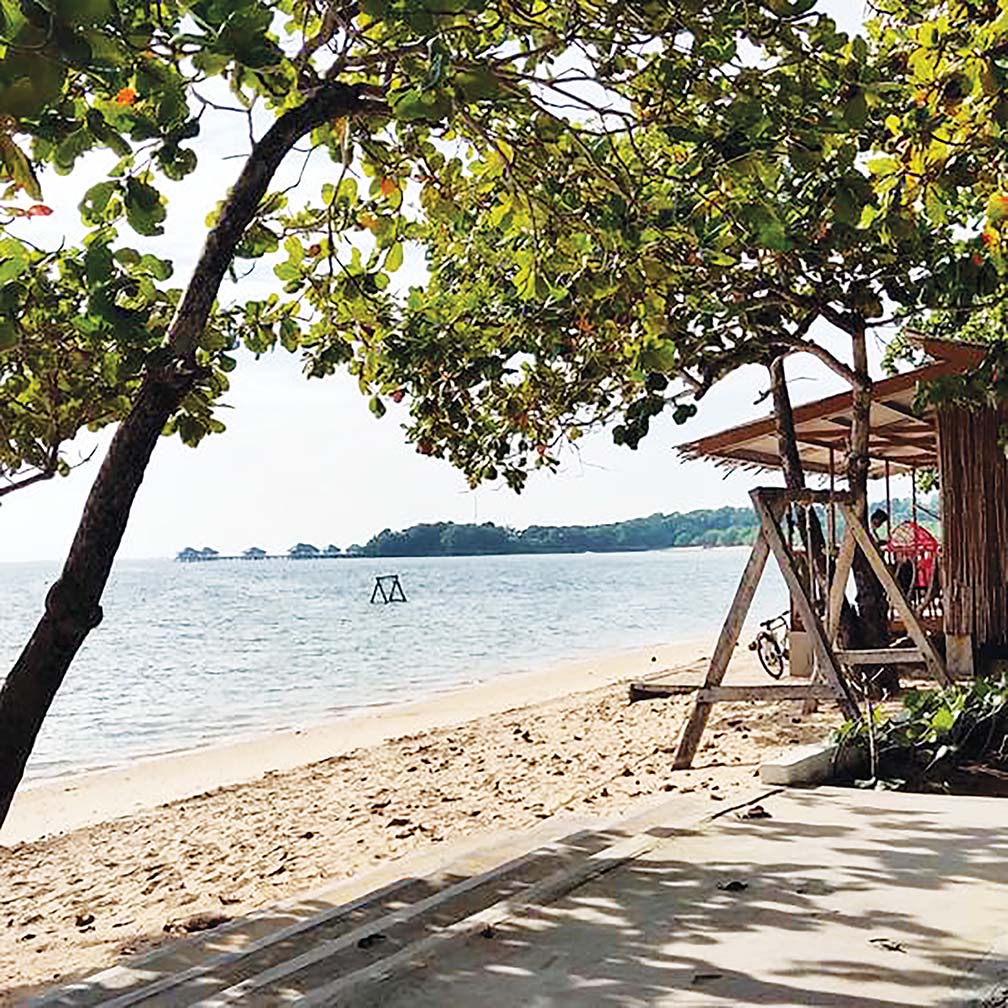
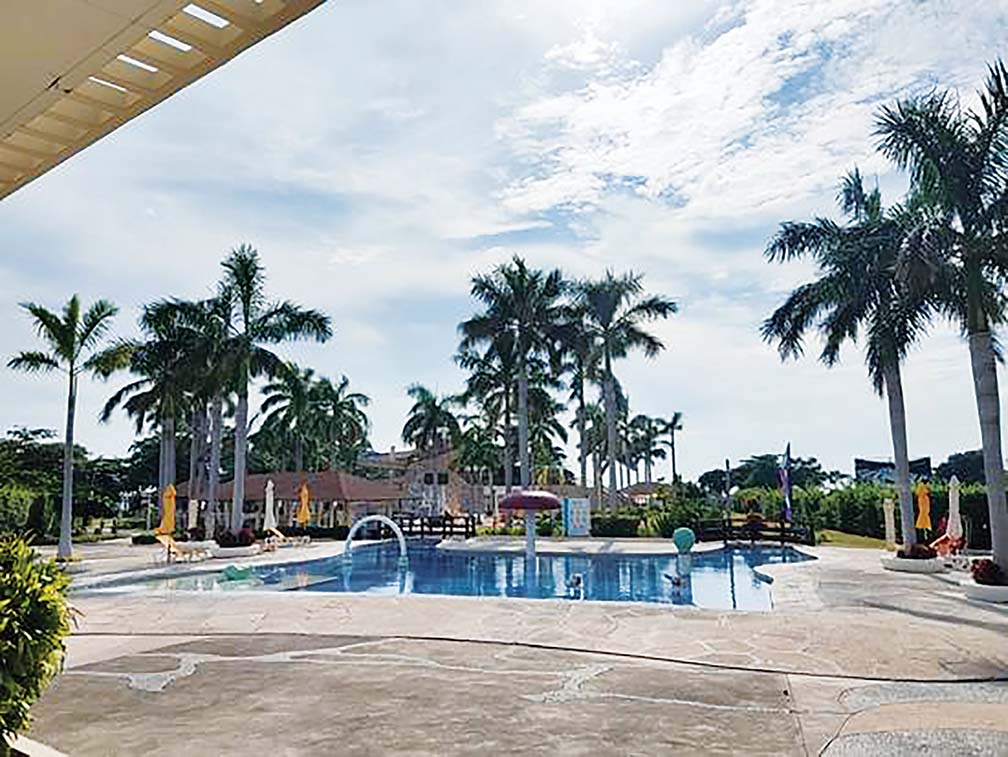
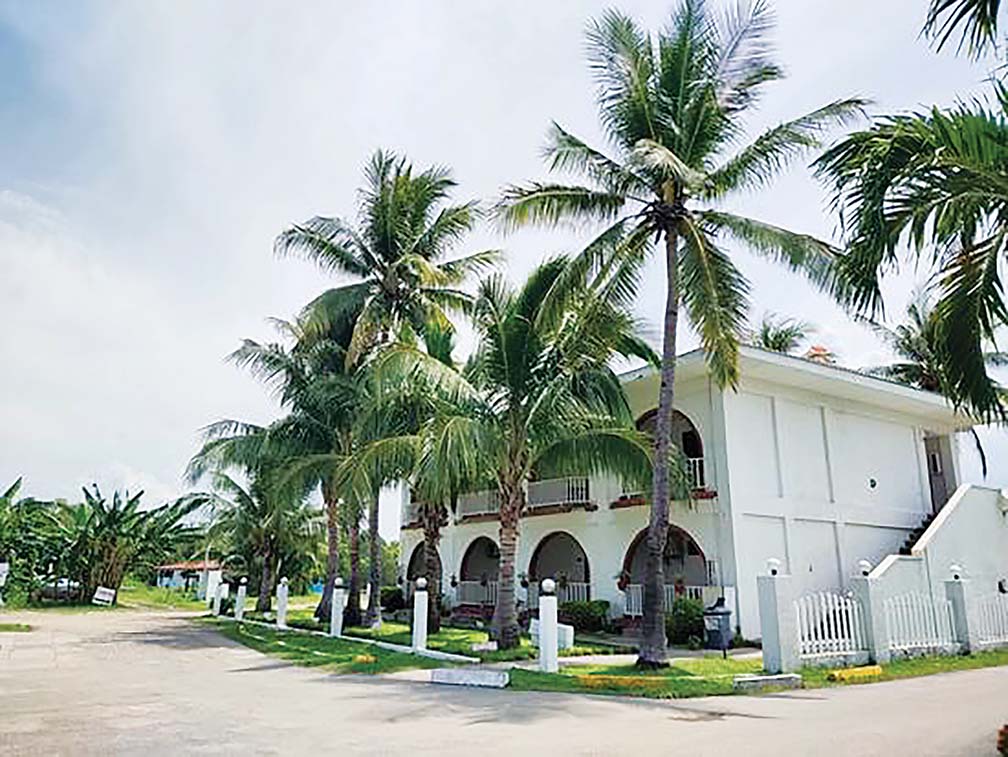
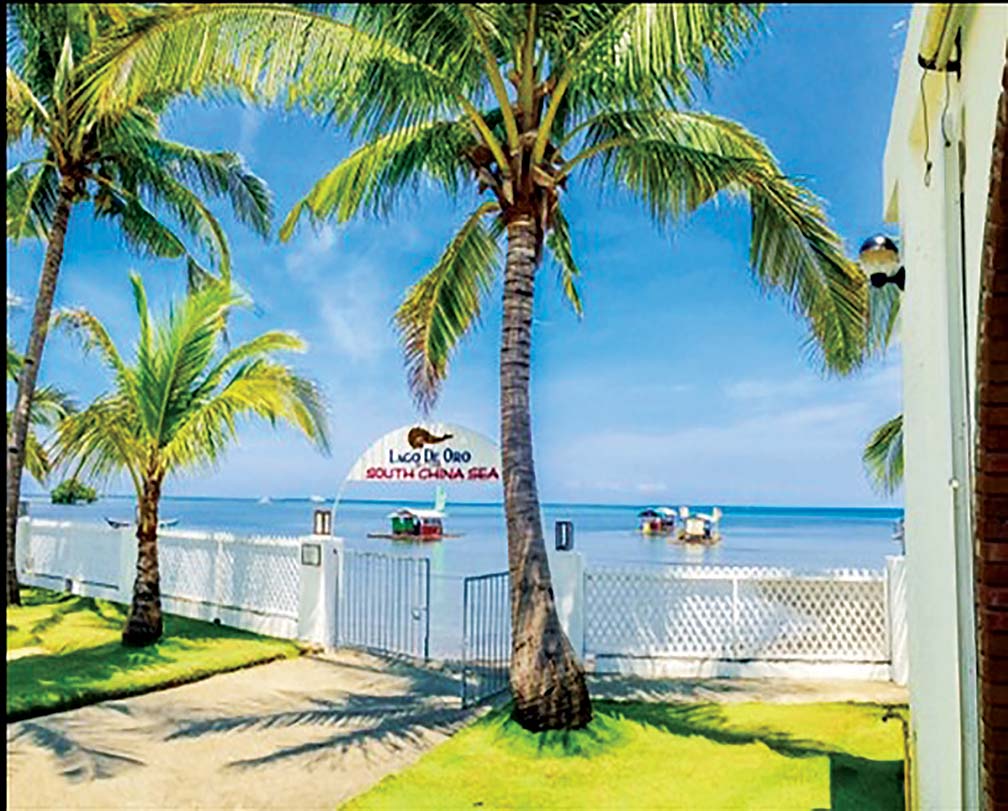
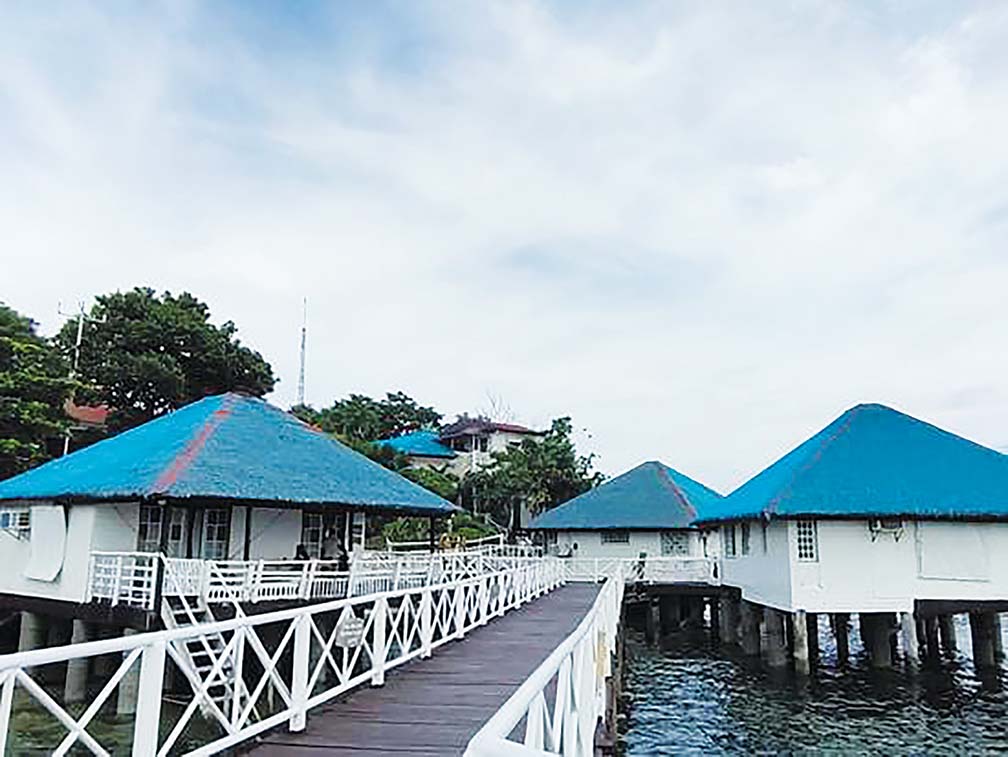
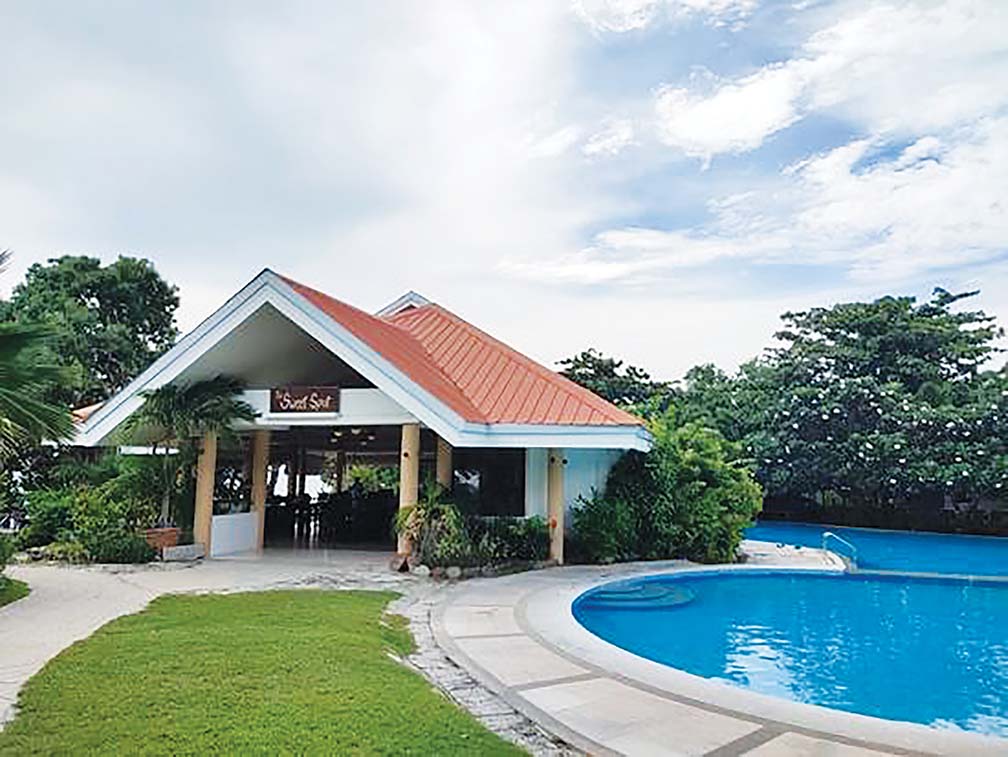
BLUEPRINT FOR DEVELOPMENT
A visionary mayor who made a successful comeback bid during the 2016 local elections, Palacio has put in place a blueprint for sustainable development for the people of Calatagan.
Palacio’s vision: “Transforming Calatagan into a more improved agro-industrial and eco-tourism oriented municipality whose satisfied progress-oriented citizens are active participants in the attainment of a balanced and sustainable development.”
Farm-to-Market Roads
Because of its nature and character as a former hacienda, Calatagan’s roads were designed for hauling sugarcane—for carabaos and horses tending the vast sugarcane plantation.
Slowly, this has changed. Upon winning as Mayor in 1998, Palacio ordered the construction of farm-to-market roads to ease the travel time of Calatagan farmers in selling their produce.
Most roads are now concrete, including about 70% of barangay roads, allowing farmers to travel to the public market with ease.
The Department of Public Works and Highway (DPWH) is now working on a 3.4-kilometer road—the National Diversion Road, which will be dedicated for commercial vehicles and hauling trucks, with the prospect of industrialization offered by the operation of a cement and quarry plant by Advantage Cement at the Asturias Agro-Industrial Zone.
School Buildings
On his first three terms as town mayor, Palacio ensured that the all-important public elementary school buildings for basic education are put in place in every barangay.
He deemed quality basic education as “a must” for each and every Calatagan youth.
But situation when he took over as mayor had not been promising. There was a depressing lack of schools even for elementary students, not to mention dilapidated classrooms.
At that time, not all barangays had an elementary school of their own. “Students had to go to other barangays with public elementary schools. And the classrooms in some of the existing schools were not sufficient,” the mayor said.
Elaborated Palacio: “Before, there were schools whose classes are held outside, under the tree. So, I decided to start rehabilitating and repairing elementary school buildings. If the classrooms needed repairs, we repaired them; if the buildings needed more classrooms, we constructed more.”
Today, each of the 25 barangays in Calatagan has a public elementary school named after the said barangay.
Once done with public elementary schools, he began working on the construction of a second school building for the town’s increasing number of high schoolers.
Between 2005 to 2007, Palacio saw the construction and operation of Calatagan’s National High School.
With two high school buildings now accepting enrollees from different barangays, the mayor is eyeing to begin construction of a third school building for junior high school.
Students will be encouraged to read and learn, Palacio said. “We bought books. Before, the student-book ratio here in Calatagan is 1:3—in some areas, it is even 1:10. Now, it is 1:1.”
The mayor said that he hopes to have a community college for Calatagan’s youth. It will be an option to achieve a college degree without having to leave the municipality.
Aside from having a public elementary school in each of Calatagan’s 25 barangays, the municipality also boasts of achieving a 100% in the establishment of a barangay hall, health care center, and daycare center in every barangay.
Engineered Sanitary Landfill, Composting Facility Palacio initiated a series of projects to make the entire Calatagan garbage-free, especially its near-white sand beaches housing its high-end resorts.
Calatagan is leading other towns in Batangas when it comes to implementing the Ecological Solid Waste Management Act of 2000.
The Municipality of Calatagan has its 10-year Solid Waste Management Plan approved by the National Solid Waste Management Commission in 2022.
It also implements Municipal Ordinance No. 221-2017, which amended a previous measure on ecological solid waste management, creating necessary institutional mechanisms and incentives. The ordinance likewise specified certain prohibitive acts and penalized the commission of such violations.
More importantly, Calatagan has its own engineered sanitary landfill in Barangay Sambungan where the composting a facility is also situated. Composting promotes sustainable agriculture practices with its production of natural soil conditioners used to enrich the soil.
The 5-hectare landfill in Barangay Sambungan was initially met with opposition. “Rumors circulated that the garbage of other towns will be dumped in the landfill. Of course, that’s not true. Our landfill is for the exclusive use of our municipality,” Palacio said.
As a policy, the municipal government mandates every barangay to collect only residual wastes. The local government promotes composting and even wastes collected from the public market are processed and turned into organic fertilizer, in its very own composting facility.
The products of its vermiculture farms—natural soil enhancers or organic fertilizers—are sold to the farmers at P10 to P15 per kilo, way below the P700 cost of a 50-kilo sack of soil conditioners sold in the market elsewhere.
Waste Segregation at source
A laudable initiative of Palacio is the distribution of mini dump trucks to all 25 barangays, including the distribution of material recovery facilities and color-coded trash bins, to further promote the proper segregation of waste at source.
Barangay garbage haulers were also provided with personal protective equipment such as rubber boots and gloves.
As an added boost to the innovative programs of Calatagan to encourage composting of biodegradable wastes, it also launched the “Idol ko Kap and Eco Bank Project” to help further reduce the solid waste generation in the entire municipality.
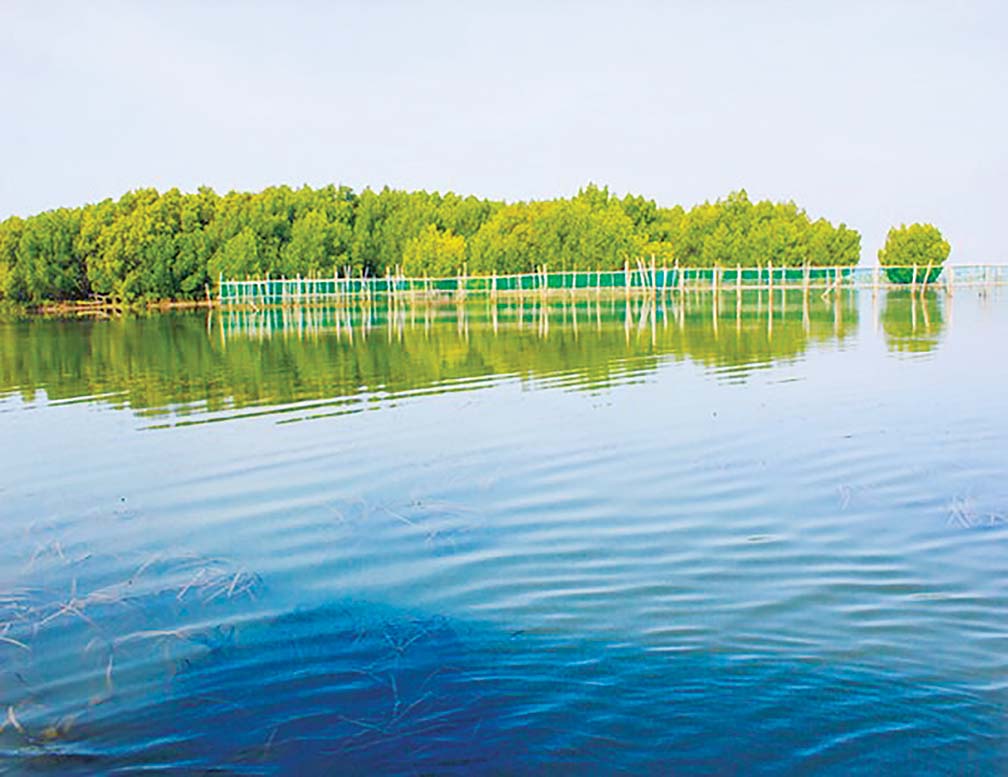
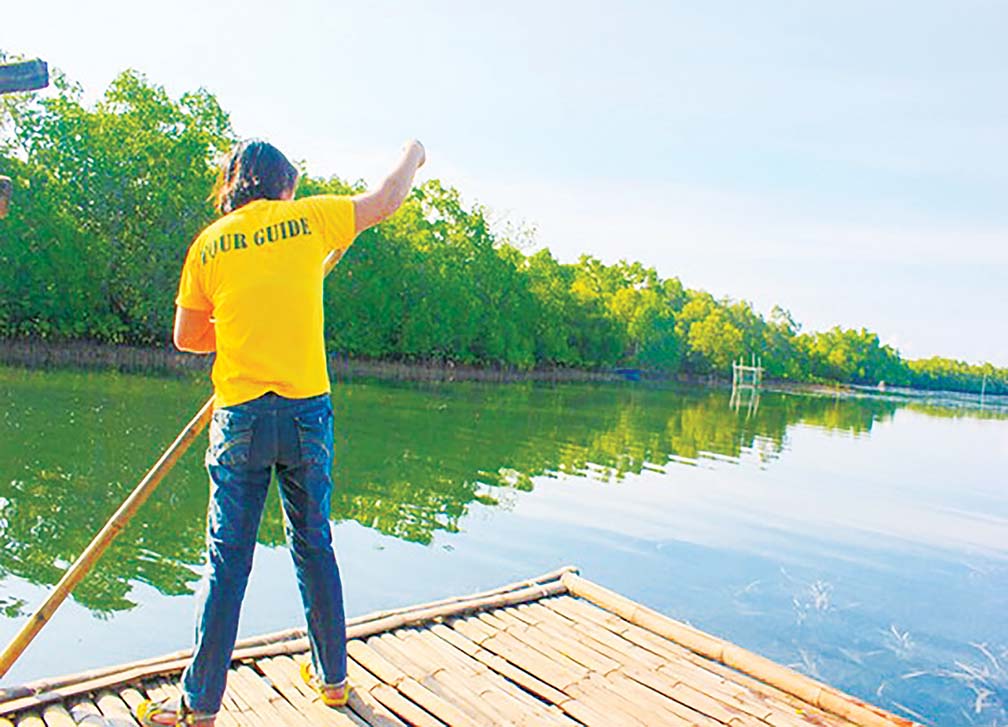
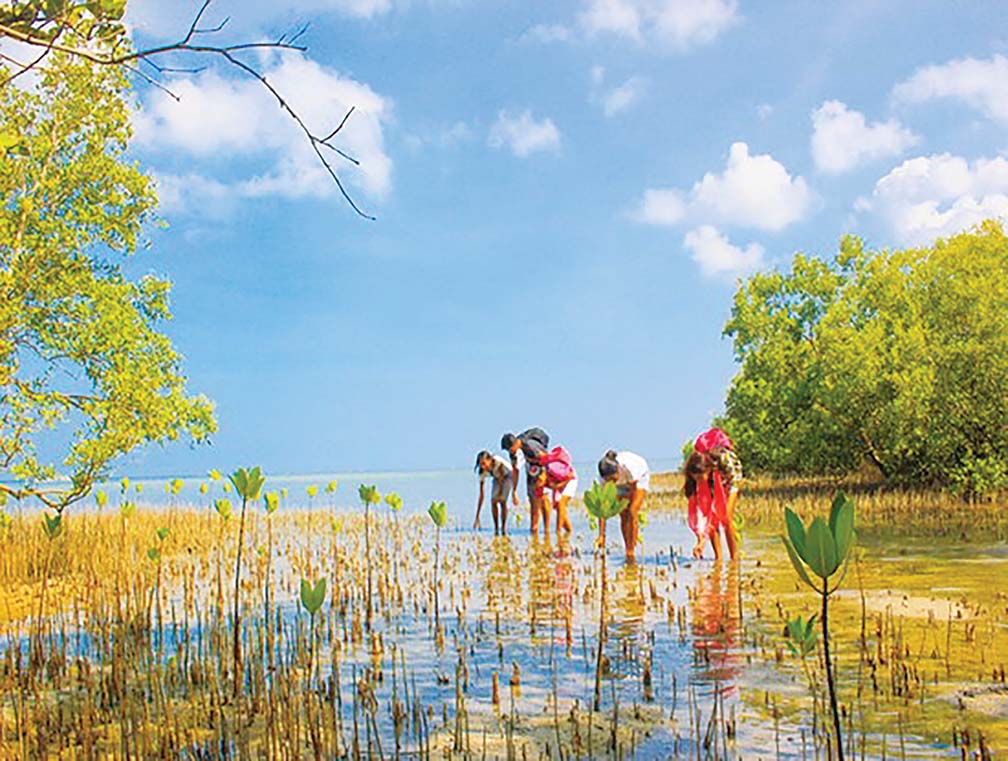
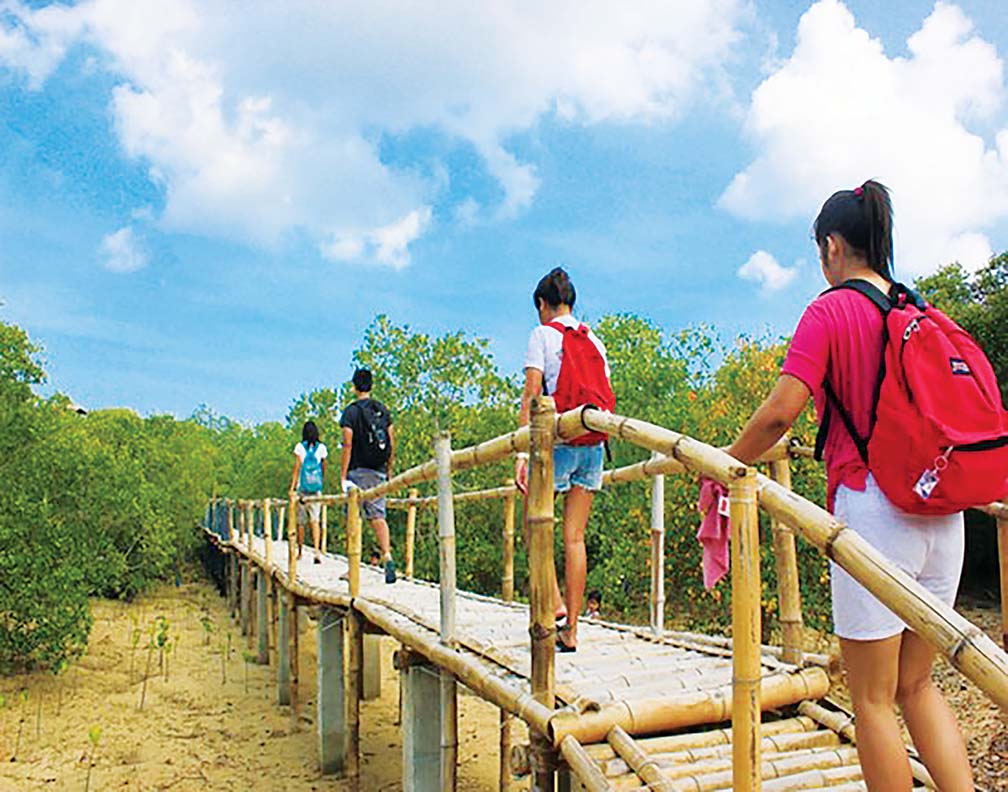
Mangrove Conservation Programs in Calatagan
To rally the people, through the Municipal Environment and Natural Resource Office (MENRO), Palacio initiated orientation activities on solid waste management targeting schools, rolling stores, restaurants and other establishments, even lifeguards and balsa owners, and other institutions.
More importantly, the mayor institutionalized the practice of roadside, coastal cleanup and underwater clean-up activities, to preserve and keep pristine the town’s white sand beaches and crystal clear waters.
The municipality monitors the status of solid waste management in various areas including the Calatagan port, community fish landing center, 12 balsa docking areas, roadsides, public markets and schools.
Resorts
Strictly being regulated by the municipality are 50 registered beach resorts found along the town’s 48-kilometer beach area.
Some of the celebrated resorts of Calatagan are Calatagan South Beach (CASOBE) by Millenial Resortsm Inc., Stilts Calatagan Beach Resort, and Lago De Oro Hotel and Wake Park.
With each beach resort having its own unique facilities and outdoor activities to offer, Calatagan is fast becoming a much desired tourist destination for both local and foreign tourists, generating income and livelihood opportunities for the people at the same time.
Many of these resorts are open to the public and are attracting a multitude of crowds desiring rest and relaxation away from the stressful and highly pollutive cities of Metro Manila.
Among high-end resorts in Calatagan is Calatagan South Beach (CASOBE), the latest Leisure Tourism Estate (LTE) Development of Landco nestles among the sands pf Calatagan, Batangas. This 15-hectare development is a master-planned leisure community open to beach home buyers, businessmen, tourists and travelers. Within CaSoBe, special attractions and amenities are already operational or soon to be operational to serve the residents and the tourist market.
Stilts Calatagan Beach Resort, meanwhile, is set amidst 24 hectares of rolling hills and white sand beaches, near Cape Santiago and Palo Bandera Point. Inspired by the pre-colonial era when natives used to construct their houses on stilts above the waters of Balayan Bay, its unique attractions are its eight cottages perched on stilts over the water. Lago de Oro situated 115 km South West of Manila and on the shore of the South China Sea along Zobel highway and just over 2 hours from Makati, is the ideal getaway from the cities – the pressure and smog.
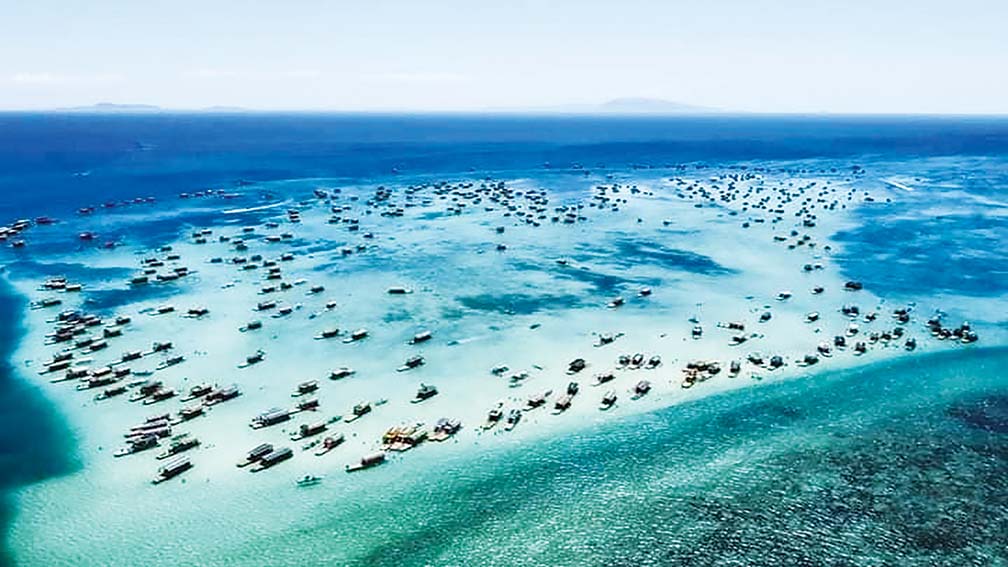
The Calatagan Sandbar is one of the top and most visited tourist attractions in Calatagan. Visitors and residents alike call the sandbar “Little Boracay” because of its pristine white sand beaches and crystal clear waters—but with the added feature of having a much more relaxed, traveler-freindly atmosphere. Calatagan Sandbar is perfect for swimming, sunbathing, and lively water sports.
Protected Areas
Under Mayor Palacio’s watch, the Calatagan LGU was able to establish and sustainably manage 12 Protected Areas in the municipality.
These protected areas, which cover mangrove, marine, and seagrass areas, interconnected as they are, are now established and is called the Calatagan Marine Protected Area Network.
These include the 6.2 hectares Encarnacion Mangrove Protected Area in Barangay Encarnacion, and the two-hectare Palobandera Mangrove Protected Aera in Barangay Sta. Ana.
Each of the protected areas is managed by organized stakeholders, community-based organizations, fisherfolk groups, boatmen, and local conservation groups with stakes in their respective areas—Bagong Silang Mangrove Protected Area covering two hectares in Barangay Bagong Silang; Sta. Ana Mangrove Protected Area, a two-hectare protected area also in Barangay Sta. Ana; the 20-hectare Calatagan Mangrove Rehabilitation and Nursery Project in Barangay Balibago, the 7.5-hectare Calatagan Mangrove Forest Conservation Park or popularly called “Ang Pulo” in Barangay Quilitisan; the one-hectare Quilitsan Seagrass Protected Area in Barangay Quilitisan; the 8.6-hectare Palobandera Marine Protected Area in Barangay Sta. Ana; Calatagan Pyramid Artificial Reef Marine Protected Area, a 60.3-hectare artificial reef project in Barangay Bagong Silang, ; the 11-hectare Sta. Ana Protected Area in Barangay Sta. Ana; and the nine-hectare Tanagan Marine Protected Area in Barangay Tanagan.
Aside from acting as protectors of the coastal and marine environment, the various groups who are considered Mayor Palacio’s development partners conduct weekly coastal cleanup activities every Wednesday, monitor the waters for the invasive crown of thorns, and report illegal fishers who encroach on the town’s rich municipal grounds.
Solar Farm
Calatagan is a host to an important renewable energy facility. A solar farm—the biggest in Luzon.
The hosting of the privately owned solar farm reflects the pro-environment and pro-active response to climate change of the Calatagan LGU.
The Calatagan Solar Farm has 200,000 panels on a 160-hectare property in Barangay Paraiso. It will offset more than one million tons of carbon dioxide, which is equivalent to planting some five million trees.
It was developed, constructed, and financed by Solar Philippines with funding assistance from the Philippine Business Bank (PBB), Banco de Oro, China Bank, and Bank of Commerce.
Industrialization
Calatagan will soon be the host of Advantage Concrete Industries Corporation which plans to operate a cement plant and quarry in Barangay Baha and Barangay Talibayog, inside the Asturias Agro-Industrial Park.
This is expected to generate jobs and support the development project requirements not only of the province but other areas in Luzon.
A National Diversion Road, approximately three to four kilometers leading to the port, is currently being constructed by the Department of Public Works and Highway (DPWH) is now ongoing. A pier is likewise being developed in the area.
With infrastructure, right policies, and partnership with the people in place, it may only be a matter of time before Mayor Oliver Peter Palacio realizes his vision of a prosperous, nature-nurturing, forward-looking Calatagan.—Jonathan L. Mayuga

